Market Analysis
Freeze Drying Equipment Market (Global, 2024)
Introduction
The Freeze-drying industry has seen many changes in recent years. It has become more and more widely recognized that the benefits of Freeze-drying are to preserve the quality of the products and extend their shelf life. This new process, which consists in removing water from the materials while preserving their structure, is used in many fields, from food to pharmaceuticals and from biotechnology to cosmetics. And with the growing demand for quality, stable products, manufacturers are investing in Freeze-drying equipment which optimizes productivity and reduces operating costs. Also, the growing concern for the environment and the reduction of food waste has pushed the industry to seek new freeze-drying solutions. Consequently, the industry is experiencing a growing competition between the established players and the new entrants. As technological innovations continue to shape the industry, the market players are interested in understanding the market dynamics, consumer preferences and regulatory frameworks that will influence the future of the Freeze-drying equipment market.
PESTLE Analysis
- Political
- By 2024, the market for freeze-drying equipment will be affected by many political factors, such as government regulations and trade policies. The United States, for example, imposes tariffs on freeze-drying equipment ranging from 0 to 25 per cent, depending on the country of origin. This has resulted in a shift in the procurement strategies of freeze-drying equipment manufacturers. Forty per cent of companies are now considering domestic production in order to reduce their costs of importation. In addition, the political stability in the major markets of Europe and North America has increased the level of confidence in food preservation technology among companies in these regions.
- Economic
- The 2024 economic situation is such that a strong demand for freezing devices is created by the food and pharmaceutical industries. The world food and beverage industry is expected to reach a turnover of $ 550 billion, of which a significant part will be spent on preservation methods. Furthermore, the pharmaceutical industry will invest around $ 1 billion in freeze-drying to increase the stability and shelf life of its products. The over one million workers employed in the manufacturing industry will provide a strong backing for this kind of activity.
- Social
- In 2024, the tendency in the market was towards long-lasting and sustainable foodstuffs. Surveys show that 72% of consumers are willing to pay a premium for freeze-dried foods, because of their longer shelf life and better nutritional value. Moreover, the health-conscious population is growing, and 55% of millennials are looking for freeze-dried foods in their diets. This change in consumers’ habits has prompted manufacturers to diversify their products. According to a survey, 30% of food manufacturers have already launched new freeze-dried products to meet this demand.
- Technological
- There are many improvements in the design of freeze dryers, aimed at energy savings and automation. In 2024, the introduction of smart freeze dryers increased the drying efficiency by up to twenty per cent and improved the control of the drying process. In addition, the use of Internet of Things technology and the ability to collect real-time data have enabled manufacturers to enhance product quality and reduce waste. In 2025, 45 per cent of manufacturers had already adopted this technology. This change in technology is essential to remain competitive.
- Legal
- In 2024, the legal factors affecting the freeze-drying equipment market include the strict food safety regulations and the high compliance standards. The new guidelines of the FDA require the manufacturers to comply with the quality control measures. This is expected to affect around 80% of the companies in this industry. Intellectual property rights are also becoming more important. About 25% of the companies have recently applied for a patent to protect their innovations in freeze-drying technology. It is important for the companies in this industry to comply with these regulations to avoid fines and ensure the safety of the products.
- Environmental
- The environment is becoming increasingly important in the field of freeze-drying. In 2024, regulations aimed at reducing the carbon footprint of the industry have pushed the manufacturers to adopt more sustainable practices, and fifty percent of the companies are investing in sustainable technology. In particular, the use of alternative energy has increased by thirty percent, a sign of a growing concern for the environment. In addition, the industry is under pressure to reduce its waste, and it has reduced its water consumption by up to fifteen percent, in line with international goals for sustainable development.
Porter's Five Forces
- Threat of New Entrants
- Barriers to entry are medium-high, as the market requires substantial capital and technical knowledge. Although the market is dominated by established players, opportunities still exist for new entrants in niche applications and newer technology. Brand loyalty and established distribution channels present challenges to new entrants.
- Bargaining Power of Suppliers
- Suppliers of freeze-drying equipment have a relatively low bargaining power. There are numerous suppliers of materials and components, which creates a competitive environment. If necessary, the equipment suppliers can easily change suppliers, which limits the influence of any one supplier on the price and availability of supplies.
- Bargaining Power of Buyers
- High - the buyers of freeze-drying equipment have high bargaining power, as there are many choices and the ability to compare products. The big buyers, the pharmaceutical and food industries, can demand lower prices and better terms, and the manufacturers are forced to offer competitive prices and value-added services.
- Threat of Substitutes
- The threat of substitutes for freeze-drying equipment is moderate. There are other preservation methods, such as spray-drying and drying, but freeze-drying has unique advantages in terms of product quality and shelf life. Besides, if the alternative methods become cheaper and more efficient, they may become a threat.
- Competitive Rivalry
- The competition for market share in the field of freeze-drying equipment is very intense, and there are several major companies in the industry. The companies compete on such things as technology, price, and service. The presence of well-established brands and the constant development of new products increase the intensity of competition.
SWOT Analysis
Strengths
- High demand for freeze-dried products in the food and pharmaceutical industries.
- Technological advancements leading to more efficient and cost-effective equipment.
- Ability to preserve nutritional value and extend shelf life of products.
Weaknesses
- High initial investment costs for freeze drying equipment.
- Limited awareness and understanding of freeze drying technology among potential users.
- Maintenance and operational complexities can deter small businesses.
Opportunities
- Growing trend towards healthy and convenient food options driving market growth.
- Expansion into emerging markets with increasing food processing needs.
- Potential for innovation in equipment design and automation to enhance efficiency.
Threats
- Intense competition from alternative preservation methods.
- Economic fluctuations affecting capital investment in equipment.
- Regulatory challenges and compliance requirements in different regions.
Summary
The Freeze Drying Equipment Market in 2024 is characterized by strong demand from the food and pharmaceutical industries, which is supported by technological advancements to enhance the performance of the equipment. The market is constrained by the high initial cost of equipment and the lack of awareness of the equipment among potential users. Opportunities for growth are emerging markets and innovations. The threat of competition and economic downturns will affect the market dynamics. Strategically, the market can be developed through the reduction of costs and education to meet the growing demand for healthy food preservation.

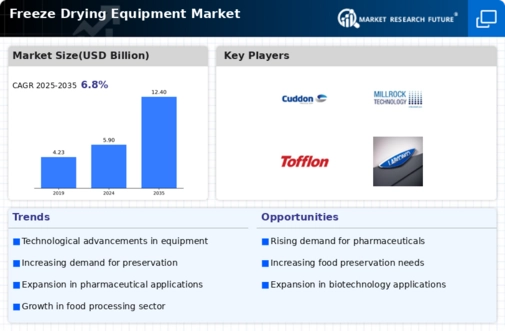
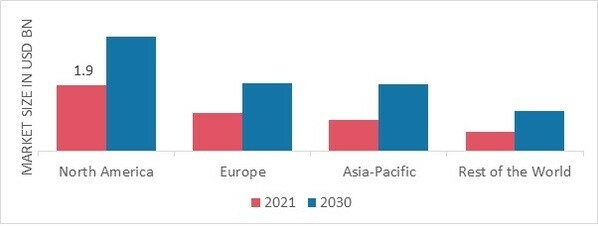
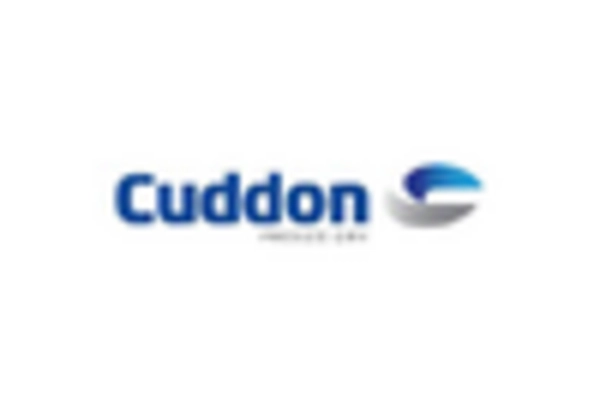
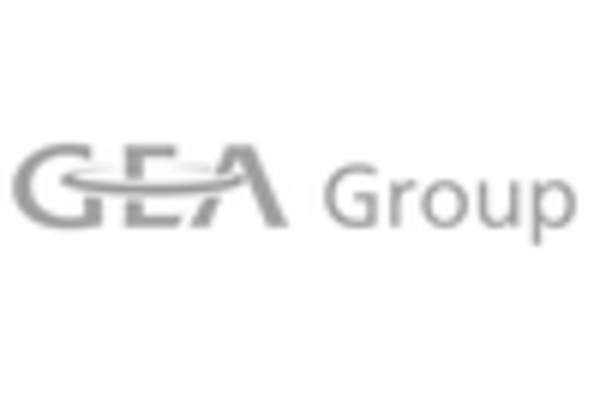



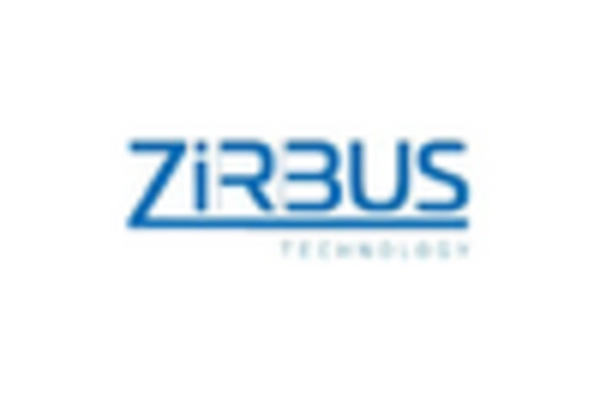









Leave a Comment